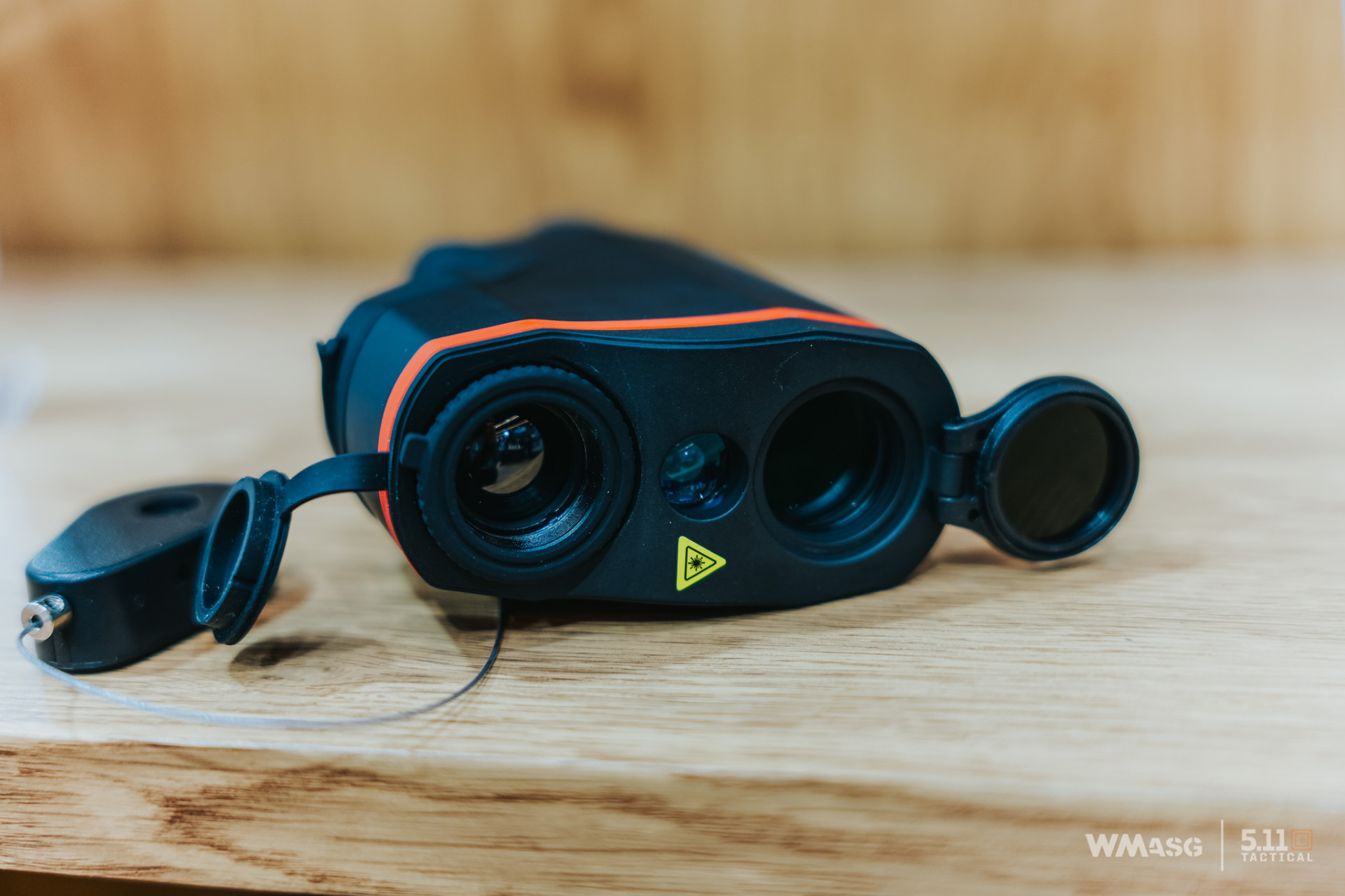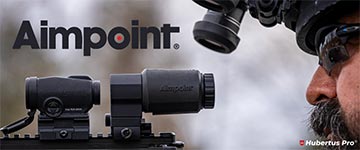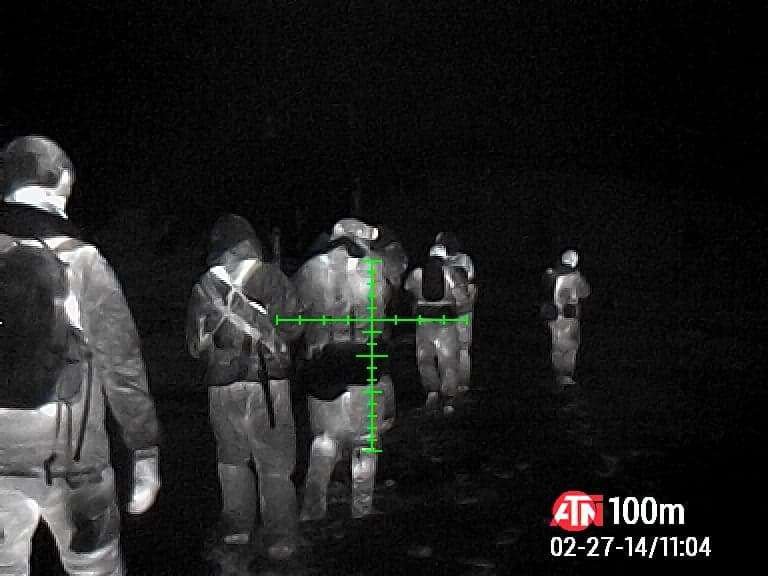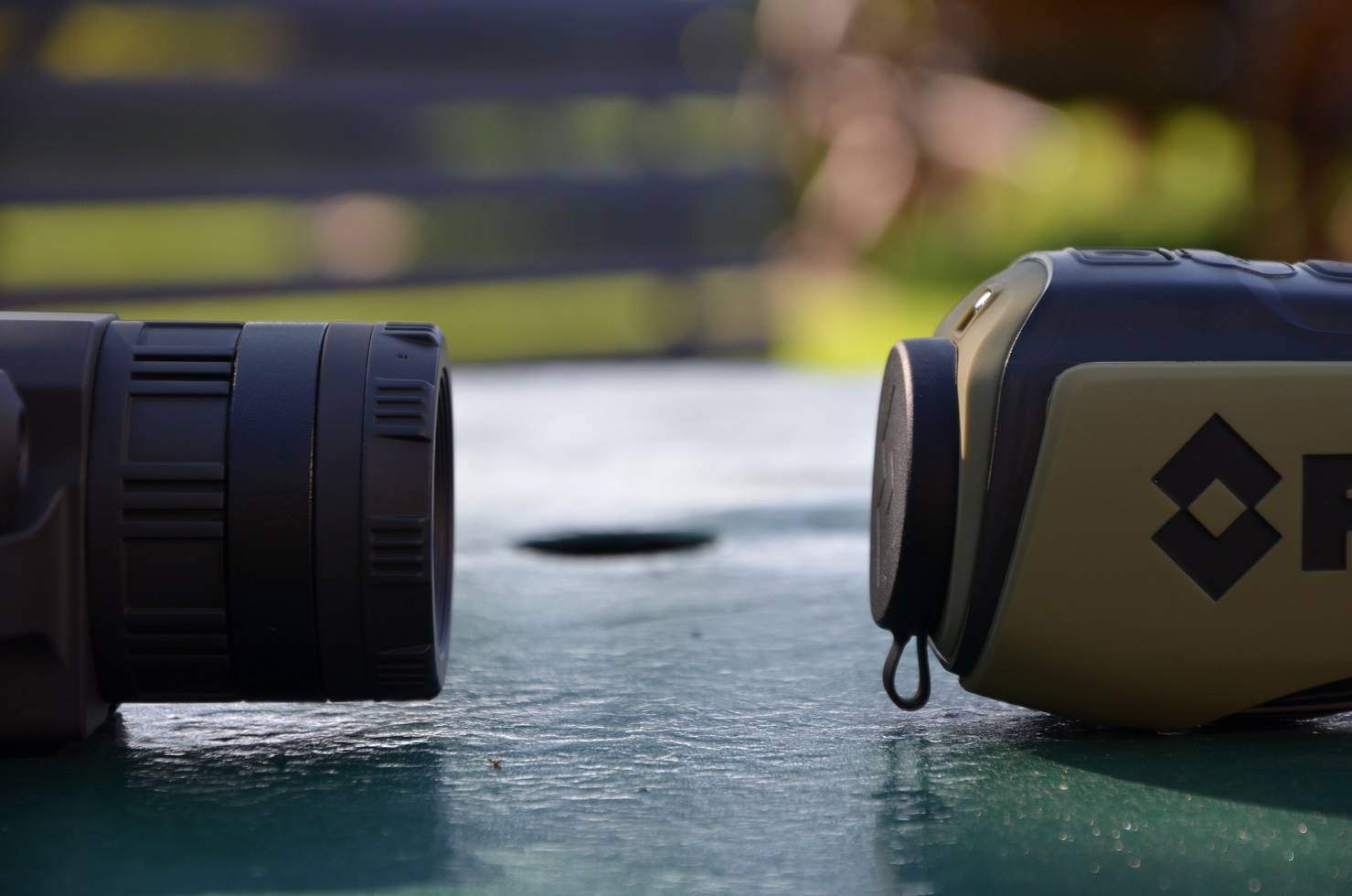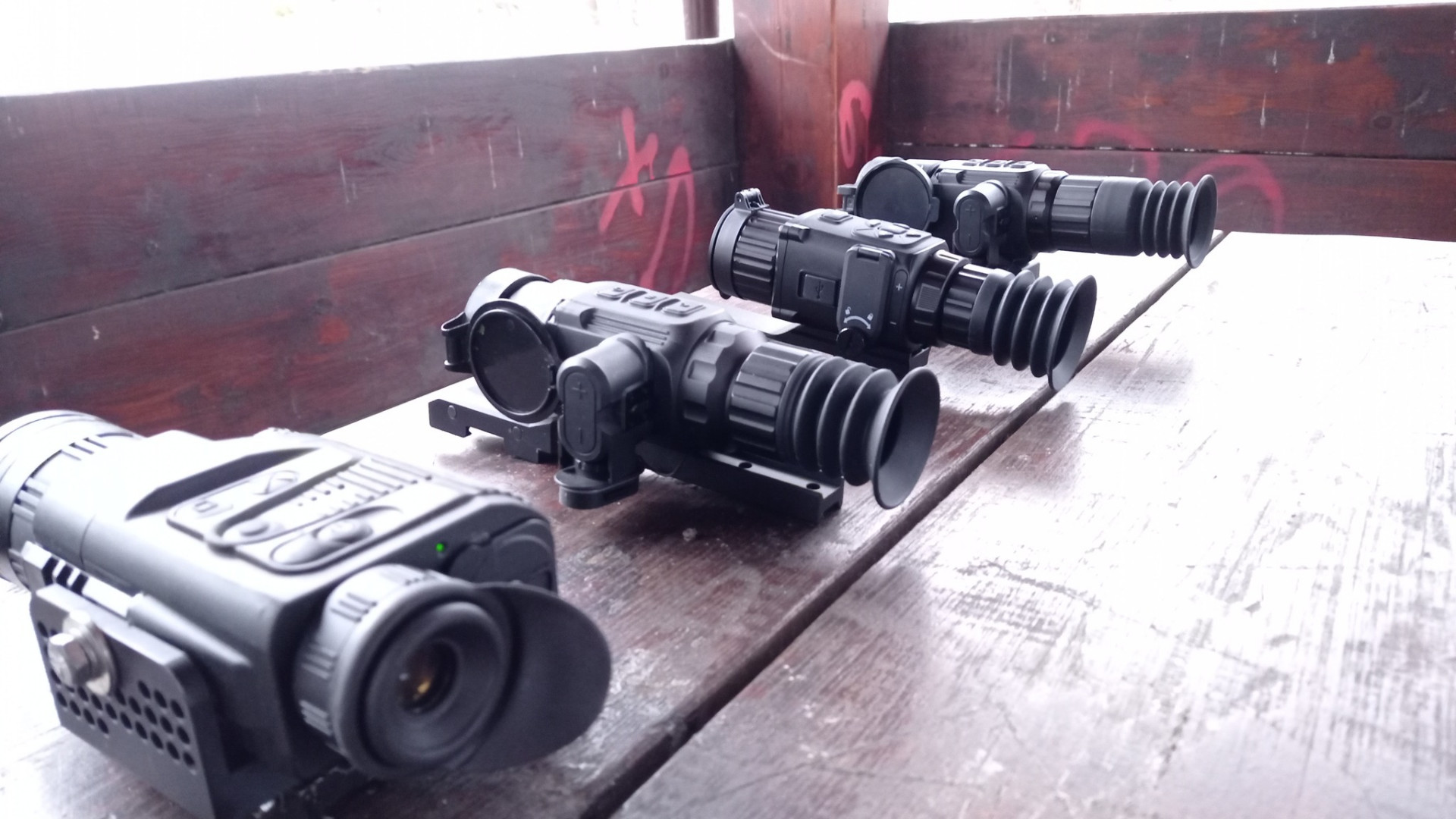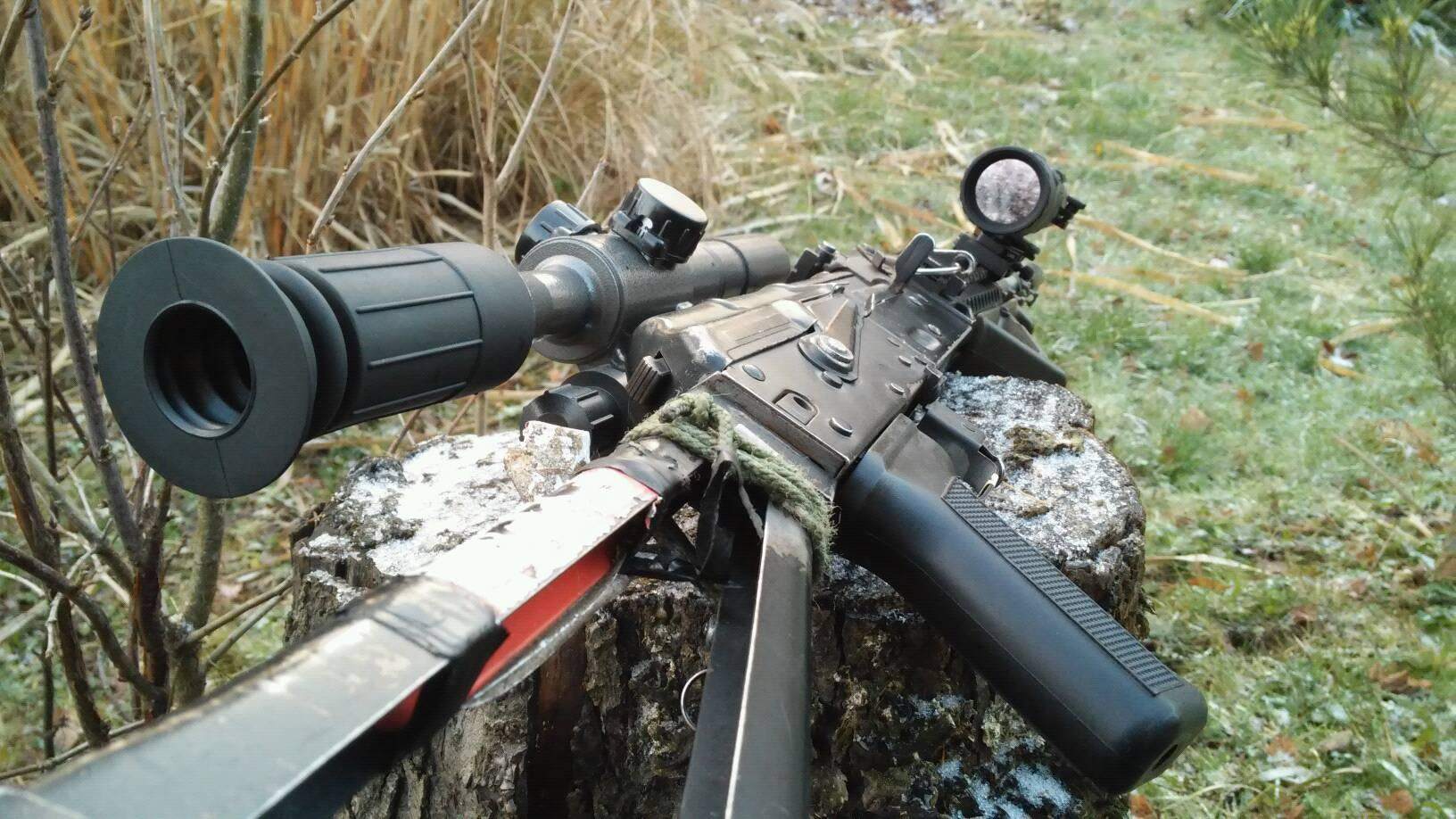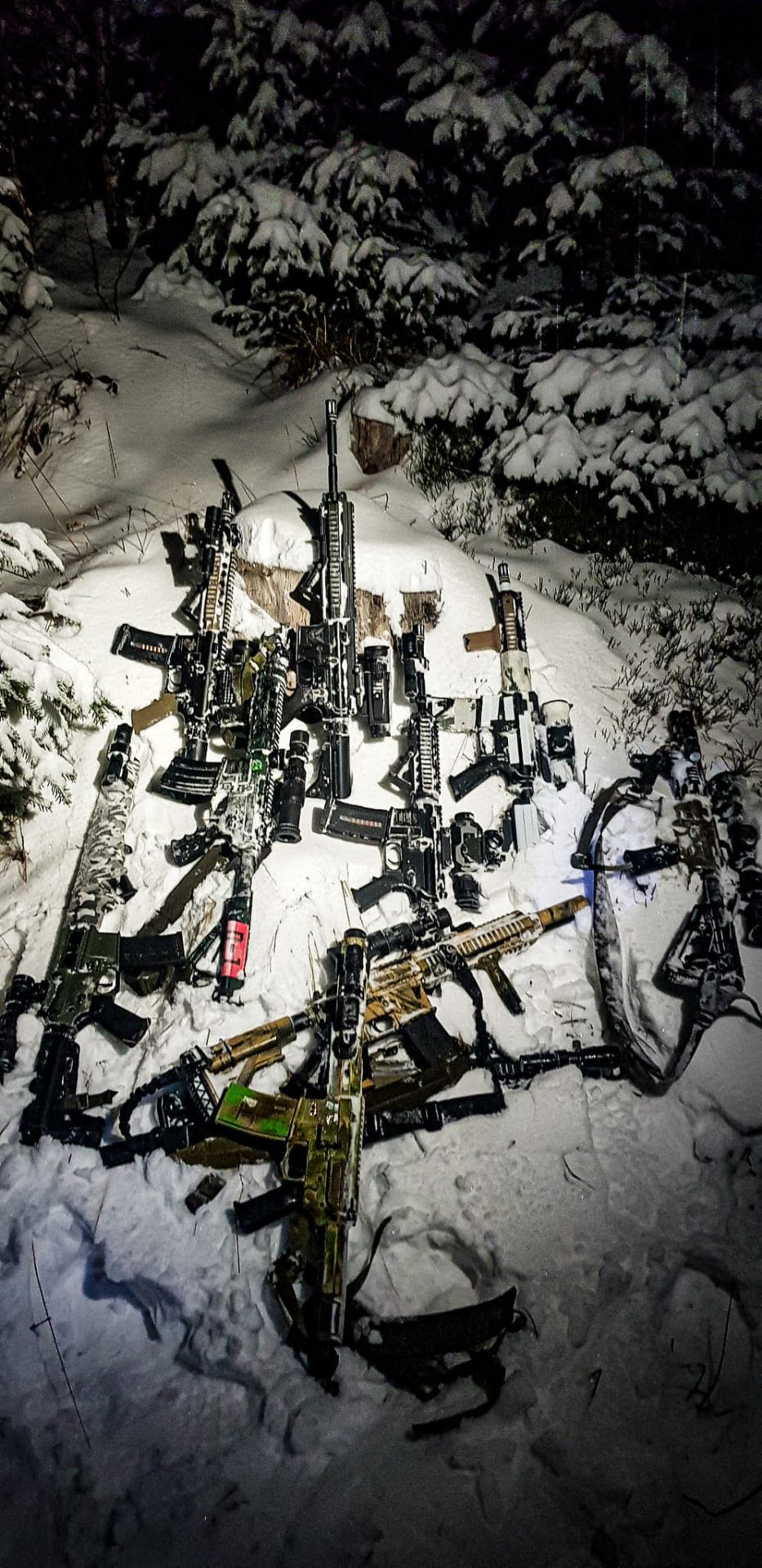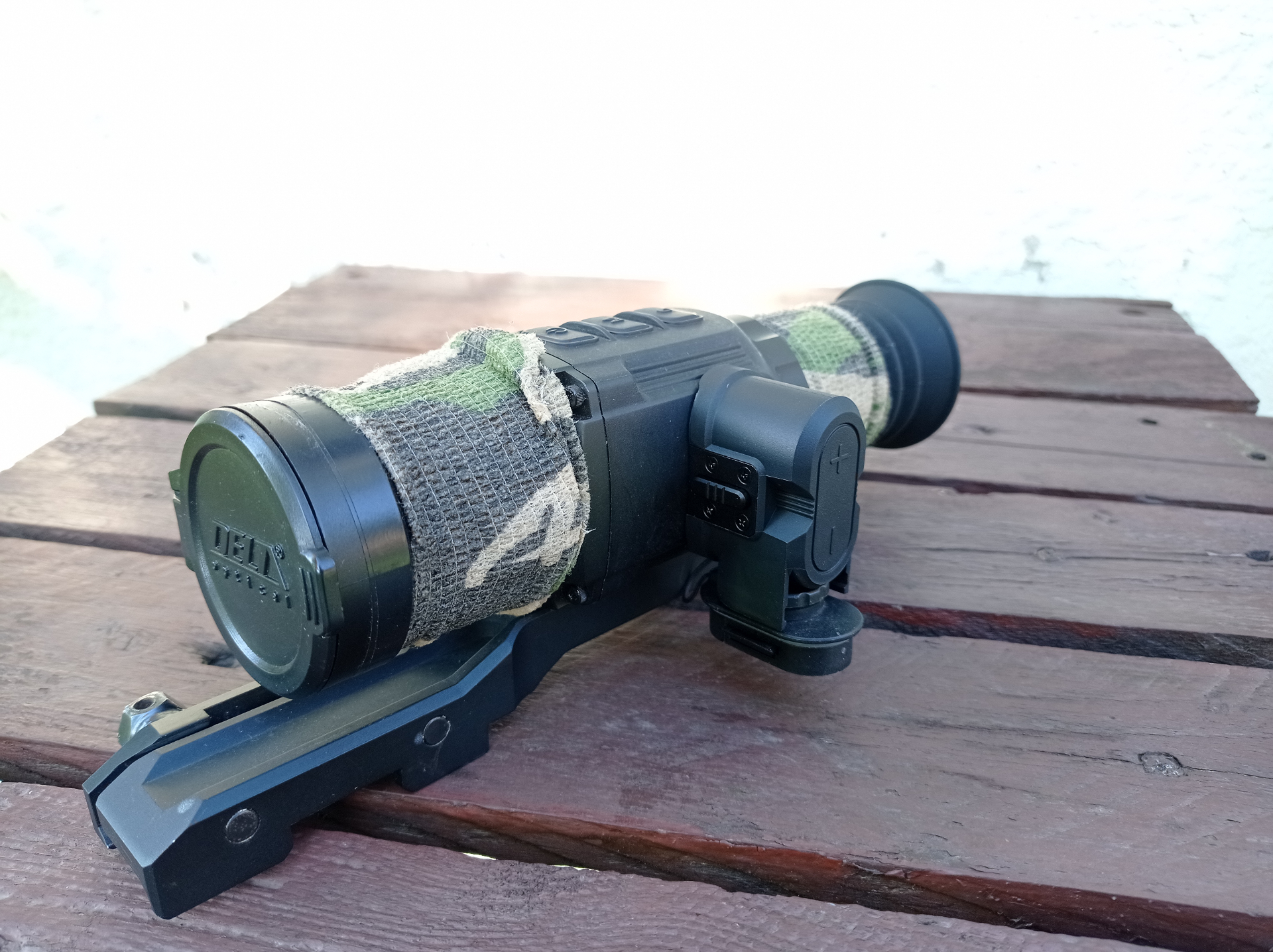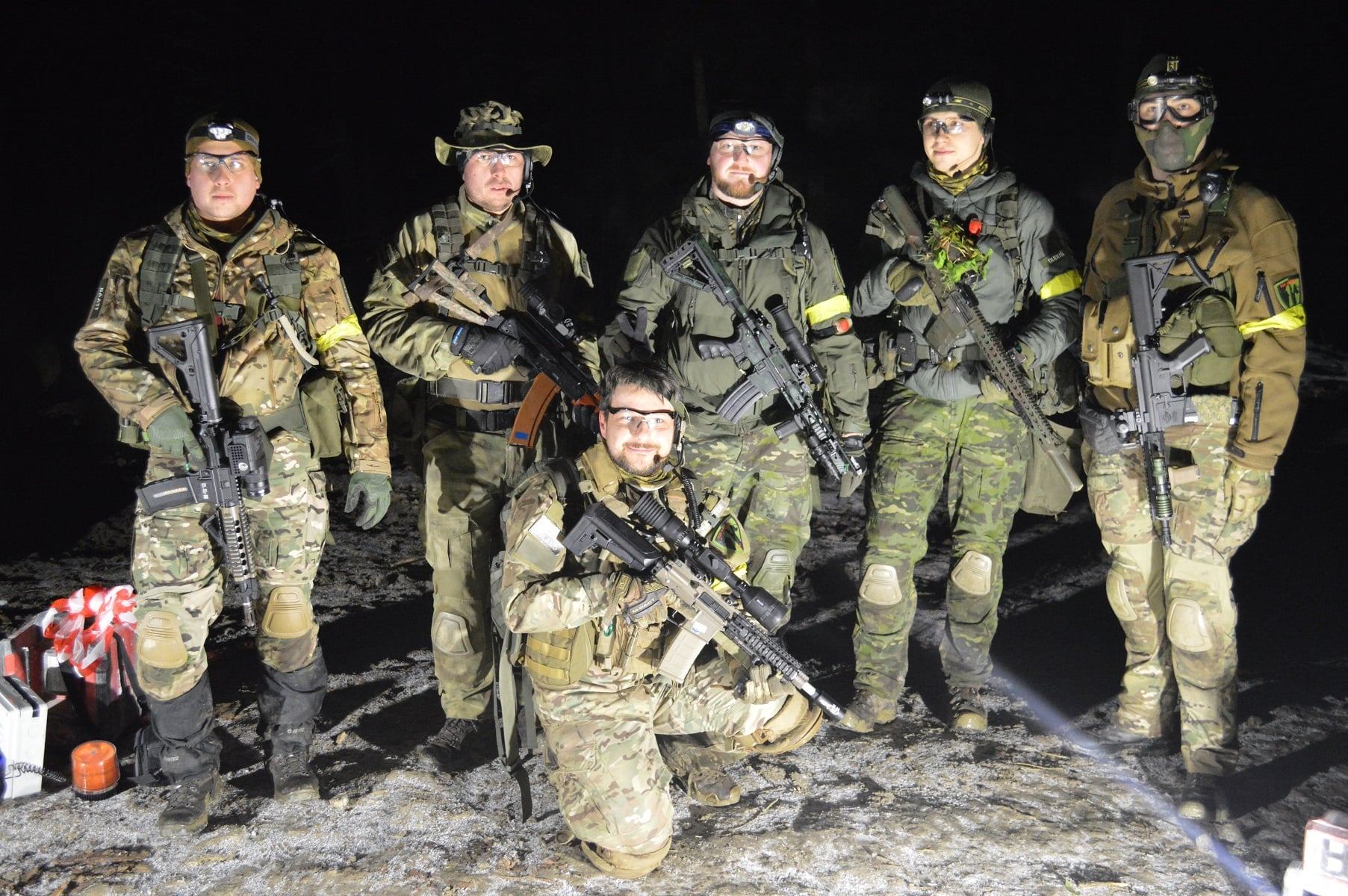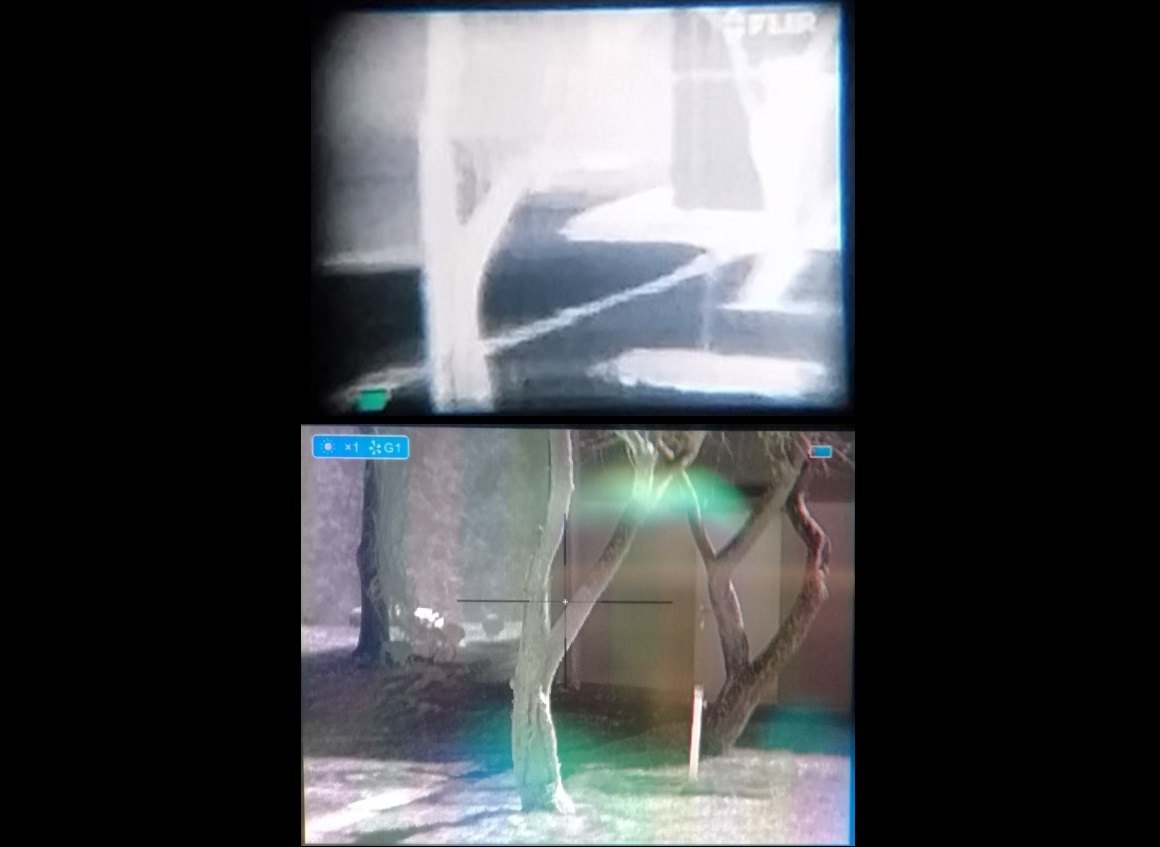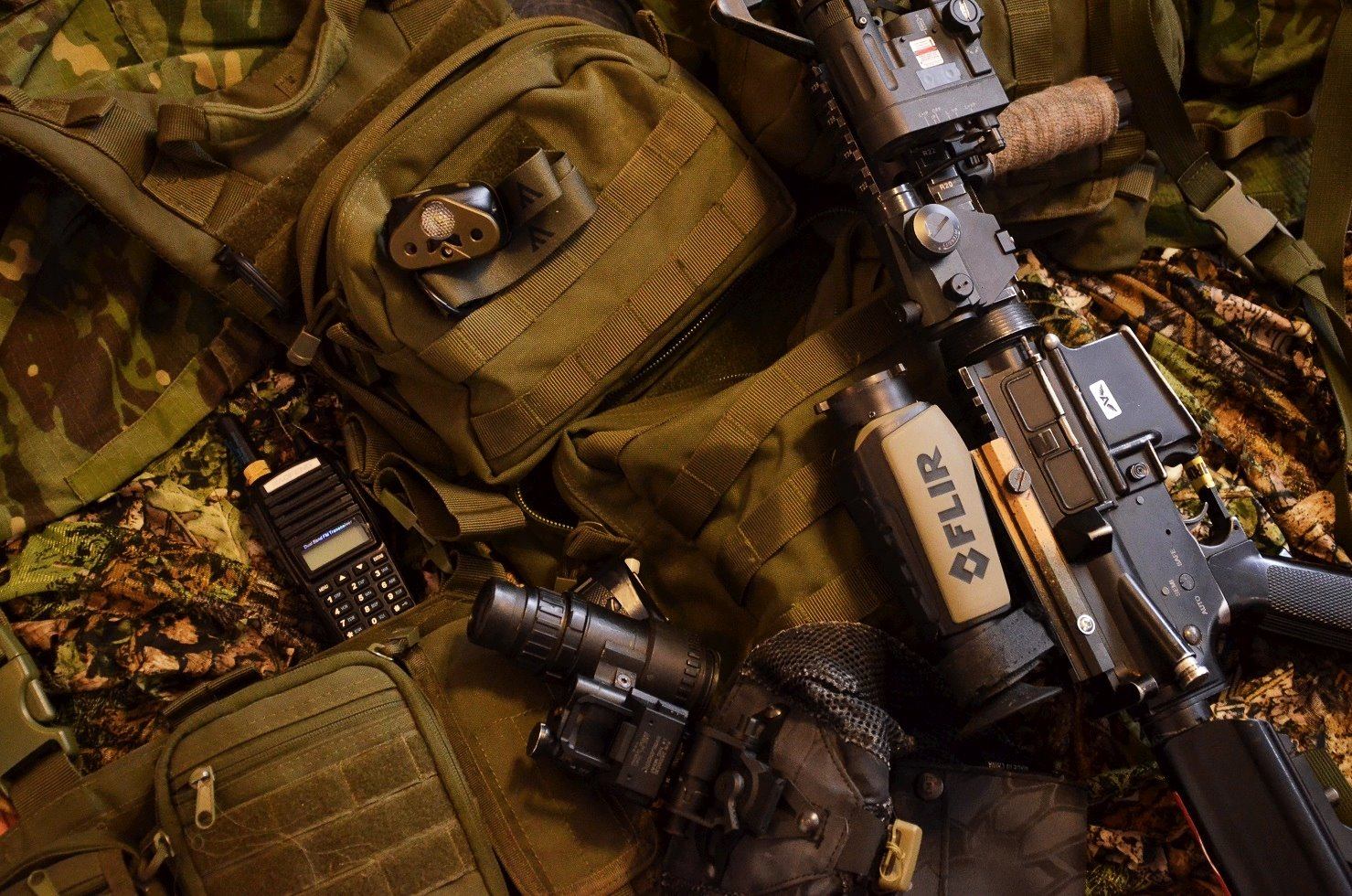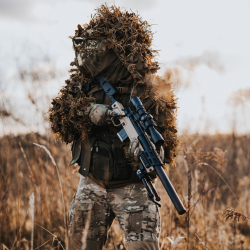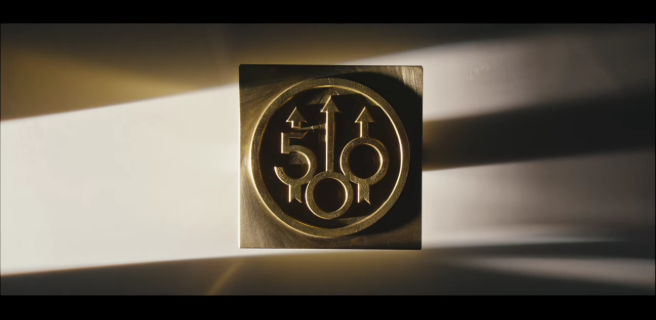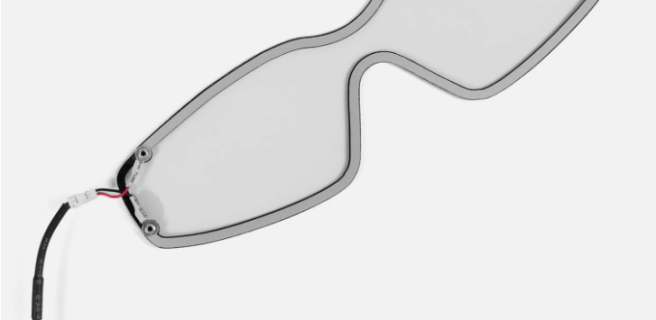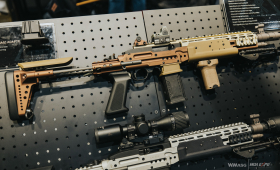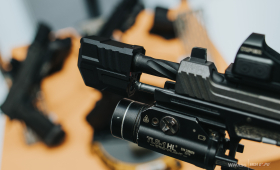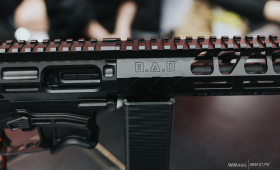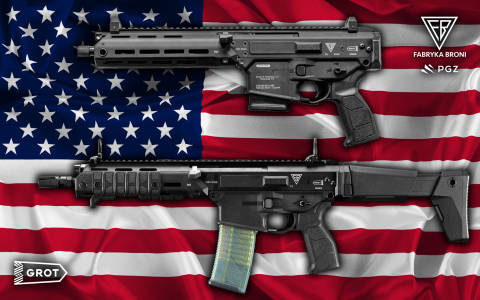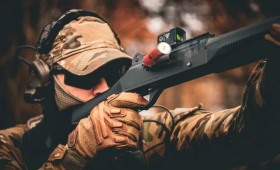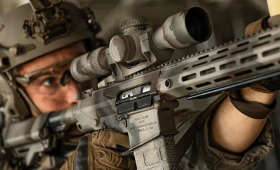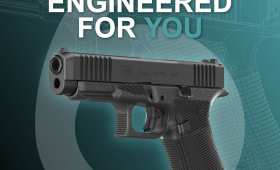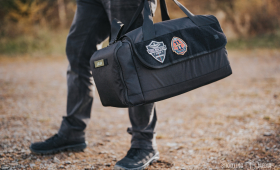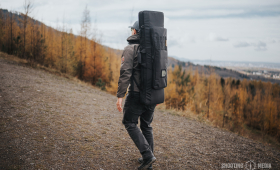Below is the second chapter of the guide devoted to the technical parameters of thermal imagers. The first one is available here, while in the current one we will describe:
- Thermal sensitivity (NETD), aperture
- Shutter or shutterless - why is my Imager clicking?
- Other important technical details
- post-processing algorithms, software and useful features
Thermal sensitivity (NETD), aperture
Thermal sensitivity, usually defined by the NETD (Noise Equivalent Temperature Difference) parameter, is another important factor determining the quality of the displayed image. The value given in millikelvins (mK) determines how the smallest temperature differences in the observed frame are able to be noticed by the thermal imager sensor. The lower the parameter given in mK, the better the sensitivity of the device.
2021. Image taken with the ATN Mars 4 384 Imager. The device is distinguished by a very long working time on the built-in battery.
Aperture is also an important issue, expressed in numbers after the letter f. As in the case of classic optics, a lower value translates into more radiation entering the sensor, which may result in improved imaging quality. It is worth knowing that the thermal sensitivity of the sensor is often given for the f/1.0 aperture. If the latter value is higher, the actual sensitivity of the device may be lower and vice versa.
A sensor with greater sensitivity allows to obtain an image with sufficient contrast, also in situations where objects in the entire observed frame have similar temperatures (e.g. in unfavorable weather conditions). Thermal imagers operating in such conditions, which use less sensitive sensors, may present a noisy image in similar shades of gray, where it will be difficult or impossible to distinguish individual elements of the scenery. The detail of the observed objects may also be deteriorated.
2017. Pulsar Quantum XQ30V Lite (left) and FLIR PS24 Scout II (right) observation monoculars.
The problem described above does not concern the detection of objects distinguished by their temperature from the environment to such an extent. Clearly warmer or colder ones are usually still detected easily and presented to the user with proper contrast against the background of the environment. This is also true in devices with low sensitivity sensors, despite poorer detail reproduction.
At the moment, there are thermal imagers on the market with satisfactory thermal sensitivity, such as <50 mK, <40 mK, or even below the NETD level of 20 mK.
Shutter or shutterless - why is my Imager clicking?
The way thermal image clarity is handled, often referred to as NUC (Non-Uniformity Correction), is not a feature often found in the descriptions of commercially available thermal imagers. The exceptions are models operating using shutterless technology, whose distributors usually provide this information. What is this all about?
During observation, each pixel of the sensor collects data continuously. This constant process affects the accuracy of subsequent readings of information that reaches the sensor. After just a few seconds of operation, individual pixels may no longer faithfully reflect the recorded temperature, which affects the quality and reliability of the image. To prevent this phenomenon, a large number of the thermal imagers available on the market has a special, movable, physical shutter mounted between the sensor and the optical system.
2022. Various shutter thermal imaging devices. From left: Pulsar Quantum XQ30V Lite monocular and Delta Optical Neon S1, Himkicro Thunder TH25 and InfiRay Saim SCH50 sights.
Depending on the capabilities and software of the device, this shutter can be activated automatically, manually, or it may be up to the user's decision in which of these modes it should operate. After its short-term closure (often accompanied by the characteristic click of the thermal imager), all pixels register the same thermal data from the impermeable barrier and the sensor "resets". The whole process takes a fraction of a second, and after opening the shutter, the user sees a fresh, good quality image that precisely reflects the recorded differences in the thermal radiation emitted by the objects.
The disadvantage of this solution is the inherent freeze of the device, during which the image visible in the device freezes for a moment. Usually, this does not have a major impact on the comfort of observation, but it can be irritating if, when using the automatic refresh mode, the process occurs, e.g. just before the shot is taken. For this reason, some manufacturers decided to go a different way and implemented shutterless technology into their devices, which takes care of NUC using software and appropriate algorithms. Such devices are often more expensive, but their advantage is the uninterrupted display of the image of unchanging quality.
Other important technical details
When choosing the right Imager for yourself, it is worth paying attention to a few additional technical solutions, which are usually provided in the full specification of the device.
Depending on the conditions in which the user wants to use thermal imaging, as well as how it is used, important issues are durability and water resistance of the device. The first factor is especially important when considering the purchase of a sight. It should be adapted to the caliber and weapon on which it is going to be used. It is worth knowing that there are handheld thermal imagers on the market that offer the ability to display reticles (adjustable or not), which are not adapted to deal with recoil during shooting. Such models have a chance to fulfill the role of makeshift sights for recoilless constructions, but they can quickly be damaged in contact with many types of firearms or even air guns.
2019 Thermal imaging devices equipped with an external screen instead of a viewfinder - such as the Leupold LTO Tracker HD - can contribute to improved situational awareness without having to sacrifice basic daytime optics. Please note that mounting the Leupold LTO Imager on a weapon may damage it.
In the context of water resistance, the absolute minimum is the IPX4 standard, which provides protection against drops of water falling from any angle. The IPX4 rating is often enough to protect the device from adverse weather conditions. When planning the use of thermal imaging regardless of the circumstances and wanting to be relatively sure that no damage will occur, it is worth taking an interest in equipment that meets more strict standards, e.g. the IPX7 (IP67) class.
2021. Difficult terrain and weather conditions require the use of equipment with high resistance to water. The devices visible in the photo have IPX4 (minimum) and IPX7 resistance class.
A very important issue that should not be overlooked when making a choice is how the device is powered. There are designs on the market based on batteries of popular types (including CR123), rechargeable cells (e.g. 18650) or with a built-in battery (replaceable or not). As in other fields of electrical devices, each type of power supply has its advantages and disadvantages, which depend on how the user plans to use his device.
Batteries allow to extend the life of the Imager indefinitely. However, its energy consumption can be high enough to expose the user to high costs and the need to replace the battery every few hours at most, and sometimes much sooner - eg in low temperatures. Many thermal imaging devices powered in this way provide the possibility of using rechargeable replacements. Such information is usually provided in the instructions of the device, which is worth reading, if possible, before buying a specific model. Some companies offer special adapters that allow to extend the working time of the imager based on batteries of a different type - e.g. 16650. It also happens that such solutions are offered by people not directly related to the equipment manufacturer.
Support for popular rechargeable cells (eg 18650) has many advantages. They are cheap, light and easy to maintain. Also dedicated, but replaceable batteries used in the designs of some manufacturers give great opportunities to extend the working time of the device, but usually their purchase is associated with a higher cost than in the case of universal types of power supply.
Many devices have a built-in, direct-charge, non-replaceable battery. As long as it provides enough working time (it can be a few hours, or maybe a dozen - depending on the user's requirements), everything is fine. If an interesting product has a non-replaceable battery with a capacity that may not be enough for the user, all is not lost. Often, these Thermal Imagers allow to connect and operate on an external power source, such as a powerbank. However, this information should be confirmed in the specification or a manual of a specific model. Using such a solution may also adversely affect the water resistance of the device.
Another aspect worth paying attention to is the type of screen used. Given that thermal imaging often uses monochrome image display modes based on shades of a specific color, a display that accurately reproduces black and other colors and provides the right contrast can improve the comfort of using the device - similarly like its large size and high resolution.
2020. Photo from the "Lubieńgrad" airsoft game. The photo shows various thermal imaging devices adapted to the role of sights. Not all of them meet the resistance standards that would allow them to be used on firearms. From left: Pulsar Quantum Lite XQ30V, ATN Mars-HD 384, ATN Mars 4 384, Leupold LTO Tracker HD and masked Delta Optical Neon S1.
The presence of an integrated LRF module (Laser Range Finder) or possible compatibility and support for dedicated, external laser rangefinders is another feature of the thermal imager that is worth paying attention to. Such a module allows to quickly and precisely determine the distance from the observed object, without the need for additional calculations. Due to the characteristics of thermal imaging, it may also happen that the user will not be able to clearly recognize what he is looking at. Is there something small in sight at close range or something larger at a distance? A laser rangefinder can help dispel the doubts.
Post-processing algorithms, software and useful features
Once all the hardware factors that determine display quality are taken into consideration, there's one more unrelated but equally important aspect: post-processing algorithms. The quality of software between different manufacturers varies greatly, and this can significantly change what is seen on the screen. Before starting shopping, it is worth looking around popular Internet portals in search of photos and videos showing the image captured by the product of interest.
2020. A very important aspect of thermal imagers are the algorithms responsible for improving image quality. The picture shows a comparison of the view through the much older, handheld FLIR PS24 Scout II monocular (top) and the Delta Optical Neon S1 thermal sight (bottom).
As in the case of other types of electronics, manufacturers of thermal imagers outdo each other in inventing further improvements and expanding the software of their devices, wanting to provide buyers with equipment with capabilities that exceed the competition. Several features are repeated in product descriptions, the usefulness of which may seem both indisputable and debatable. Theoretically, the more interesting solutions a given product offers, the better. However, in some cases, the use of numerous additional features at the same time can result in slower performance of the device, as in the case of consumer electronics that handle too many tasks at once. The variety of optional functionalities is plentiful, and their usefulness depends on the user's requirements. Therefore, we will refrain from mentioning and discussing about their usefulness in this article, because the tone of the statement could be too subjective.
Summary, preview of part three
The right and thoughtful choice of a thermal imager is not easy. Before making a decision, we recommend that you carefully analyze the future use of the device you intend to purchase.
We hope this article has solved some of your dilemmas, or shed some light on issues that were not entirely familiar to you. If you do not agree with our subjective thoughts and conclusions and you have time for polemics, we encourage you to express your opinion. A greater number of points of view has a positive effect on the objectivity of the entire message.
2019. Adapted to the role of a makeshift sight, the FLIR PS24 Scout II handheld thermal imager. In the photo, it is accompanied by the PVS-18 type night vision monocular mounted on the NVG Cap headgear.
In our series of thermal imaging guides, we deliberately did not address specific manufacturers and models of devices. Articles containing such data are more likely to become outdated. It's also possible that a product of one manufacturer, that doesn't quite suit one person's taste, will more than meet the requirements of another.
This was the second chapter of the second part of the guide. The first chapter devoted to the technical parameters of is available here. If, on the other hand, you came across this article in the first place, and you feel that you lack some basic understanding of how thermal imaging works, then we encourage you to read the introductory part, in which we devoted more attention to these issues.
The third part of the guide will be addressed to people interested in using thermal imaging in airsoft applications - its publication will take place soon.

